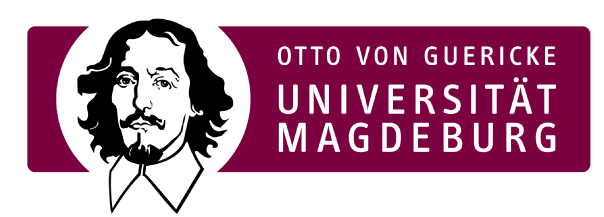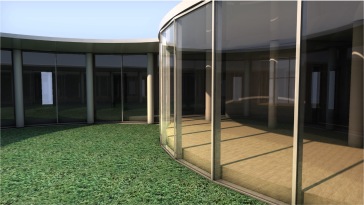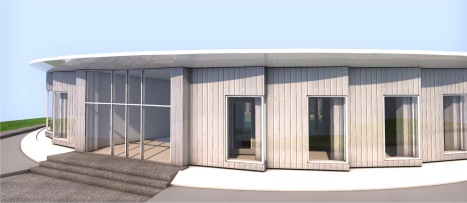Magdeburg Center for (Bio-)Medical Advanced X-Ray Imaging (MD-MAXI)
The Magdeburg Center for (Bio-)Medical Advanced X-Ray Imaging (MD-MAXI) is to be built on the campus of the University Hospital of Otto von Guericke University Magdeburg.
The main aim is to develop innovative imaging techniques in medicine and biomedicine using high-brilliance X-rays and to research their applications. The research infrastructure is available to research groups from Germany and abroad, from academia and industry. A concept for utilization and a business plan are under development. Some research aims are:
-
Development of new imaging techniques such as X-ray fluorescence imaging
-
Improvement of tissue characterization and minimally invasive therapies
-
Personalized precision medicine
The facility will be operated by the University of Magdeburg in collaboration with the University of Hamburg.



| Innovation aims | Utilization concept |
|
|
Here are some impressions of the planned facility:





More detailed specification of the building:
- Two supply units
- Two beam generation units (10 m x 6 m each)
- Adjacent laboratory and measurement rooms (5 m x 4 m each)
- 1 measurement laboratory with 3T human MRI and 1 measurement laboratory with 11.7 T small animal MRI
- Small animal accommodation (5 m x 3 m)
- Bio laboratory (20 m²)
- Offices
- Room for computer technology
- Common room
Letters of support have been received from:
- Ministry of Science, Energy, Climate Protection and Environment of Saxony-Anhalt
- European Commission (Directorate-General for Research, Euratom Research)
- University of Hamburg (Prof. Grüner)
- Physikalisch-Technische Bundesanstalt, Department of Ionizing Radiation
- Federal Office for Radiation Protection, Department of Medical and Occupational Radiation Protection
- European Institute for Biomedical Imaging Research
- Carl-von-Ossietzky University Oldenburg (Prof. Poppe)
- German Cancer Research Center Heidelberg (Prof. Kachelrieß)
- Leibniz University Hannover (Prof. Walther)
- Pianoforte Partnership, work package “Infrastructures”, represented by Unitek Kingdom Health Security Agency
- Prof. Ursula Nestle, Chairwoman of the Radiation Protection Commission of the Federal Government, Kliniken Maria-Hilf Mönchengladbach